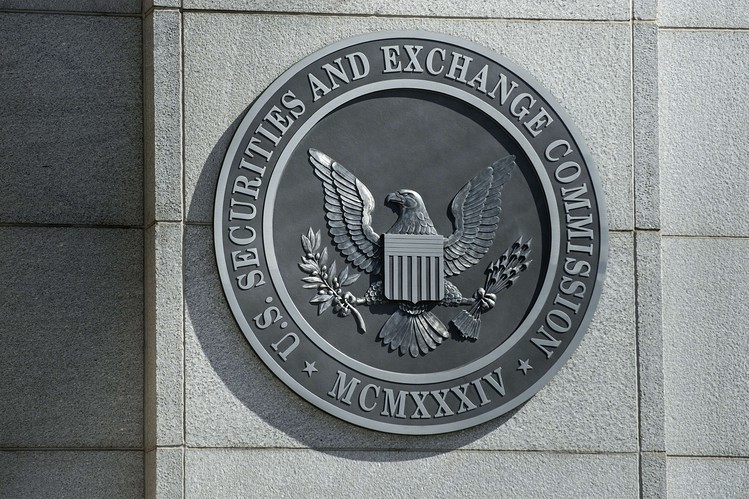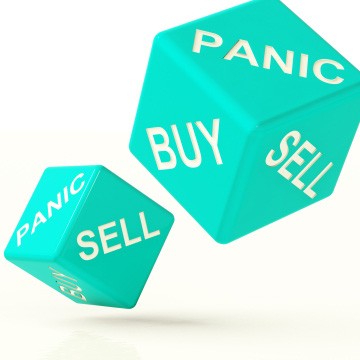SEC Takes Its Time on HighFrequency Trading Rules
Post on: 5 Июнь, 2015 No Comment

Illustration by 731
When Mary Jo White appeared before the Senate in March 2013 seeking confirmation as chair of the Securities and Exchange Commission, she told lawmakers that understanding high-frequency trading’s impact on the stock market would be a “very, very high priority.” She spoke about the “sense of urgency” the SEC needed to bring to the issue so that “appropriate regulatory responses can be made.” More than a year later, lawmakers, investors, and SEC commissioners are still waiting to see what that response will be.
The controversy over high-frequency trading (HFT) kicked into high gear with the publication of Michael Lewis’s Flash Boys on March 31. Lewis argues that the $23 trillion U.S. stock market is rigged in favor of speed traders, who he says prey on slower investors by getting early access to nonpublic information. The book and the media attention it has received have revived and magnified concerns that have circulated for years. The FBI had already been probing potential criminal activity associated with HFT. On April 4, U.S. Attorney General Eric Holder said the Justice Department is investigating whether HFT violates insider trading laws. So is New York Attorney General Eric Schneiderman. In a March 31 interview on Bloomberg TV, Schneiderman urged the SEC to speed up its review of HFT and quickly issue new regulations.
Yet White is in no rush. The SEC chief says her agency will make sure any rule changes are supported by data as it conducts a survey of the entire market, rather than focusing specifically on speed traders. “I think you really do want to do a soup-to-nuts review,” says White, who stresses that any study will begin with the presumption that “the markets are not rigged.”
White’s go-slow approach has the backing of some market participants who fear that premature attempts at reform may do more harm than good. Included in that camp are some of the investors that HFT’s critics say are being taken advantage of the most. One criticism of speed traders is that they use sophisticated trading algorithms to detect the moves of big institutional investors and then jump in front of their large orders. Speed traders can then profit from buying and then quickly selling a stock for a slightly higher price to the bigger, slower investor. Yet Joe Brennan, global head of equity investing at Vanguard Group, the world’s largest mutual fund company, says the majority of high-frequency traders “play within the rules” and even “knit together” the fragmented market by ensuring that prices stay in line with each other across different trading venues. That makes the markets more efficient and lowers trading costs for many participants, he says. This is not to say there aren’t bad actors, he adds, who “unfairly tax the system.”
The trick for regulators is finding ways to prevent abuses without blocking high-speed firms that actually benefit investors. And that will take more time, according to White. “If there are changes that should be made, we will make them,” she says. “We are taking a very data-driven, disciplined approach.”
The problem is that the SEC doesn’t have all the data it needs. In 2012 the agency spent $2.5 million on a surveillance system named Midas (Market Information Data Analytics System) that collects information from all 13 public exchanges in the U.S. This essentially gives the SEC the same view of the market that many speed traders have. It doesn’t, however, give it a picture of the whole market. Only about 70 percent of trades happen on public exchanges; the rest take place offline, either inside large wholesale brokerages that match buy and sell orders internally or in private trading venues called dark pools. To see that activity, the SEC needs a much more powerful system that can track the life of every stock quote, order, and trade, including when the transactions occur, the brokers involved, and the customers on whose behalf they are acting.
In 2010, White’s predecessor, Mary Schapiro, approved a project to build such a system to funnel terabytes of information every day into one massive feed that regulators could monitor. Called the consolidated audit trail (CAT), the system would allow the SEC to conduct detailed forensic analysis and weed out abuses. The contract for the huge project, which will cost more than $1 billion, still hasn’t been awarded. The SEC estimates that CAT won’t be finished until 2016.

The SEC took its first deep dive into HFT in January 2010, before many other enforcement agencies had waded into the debate. As part of a broad review of market structure, it examined how brokers route the electronic orders of speed traders and questioned whether that put other investors at a disadvantage. The report elicited more than 400 comment letters from banks, exchanges, retail brokerages, and large institutional investment firms.
Critics of HFT were encouraged. “We were very hopeful that something substantive was going to get done,” says Jeff Connaughton, then chief of staff to Ted Kaufman, a Delaware Democrat who, within months of joining the Senate in 2009, began railing about how speed traders were threatening the stability of the stock market. Then, on May 6, 2010, the flash crash sent the Dow Jones industrial average down 600 points in five minutes. The SEC, along with the Commodity Futures Trading Commission, the main U.S. derivatives regulator, spent the next four months trying to figure out what had caused the crash. By the time they issued a report in September, the regulators had a bigger task on their desks: the 848-page Dodd-Frank financial reform law that needed to be implemented. Speed traders could wait.
The SEC still hasn’t introduced many rules aimed specifically at high-frequency traders. Some commissioners are getting restless. “The perception for many is that the markets aren’t fair for the average investor,” says Republican Commissioner Daniel Gallagher, who has repeatedly called for the agency to review its trading rules since 2012. “Even if that’s not supported by the facts, that perception is a reality that we need to address as soon as possible.” Speaking to reporters on April 8, Democratic Commissioner Kara Stein said the SEC needs new rules to keep pace with the changing market: “A lot of our rules were written for people and not necessarily for computers.”
Such calls are unlikely to sway White from her deliberate approach. “I think she’s proceeding exactly as she should,” says Republican Harvey Pitt, who served as chairman of the SEC from 2001 to 2003. “The mere existence of high-frequency trading does not by itself indicate a violation of the law. One of the things that gets drilled into people at the SEC is that the power to investigate is the power to destroy.”
Story: Speed Traders Play Defense Against Michael Lewis’s Flash Boys














